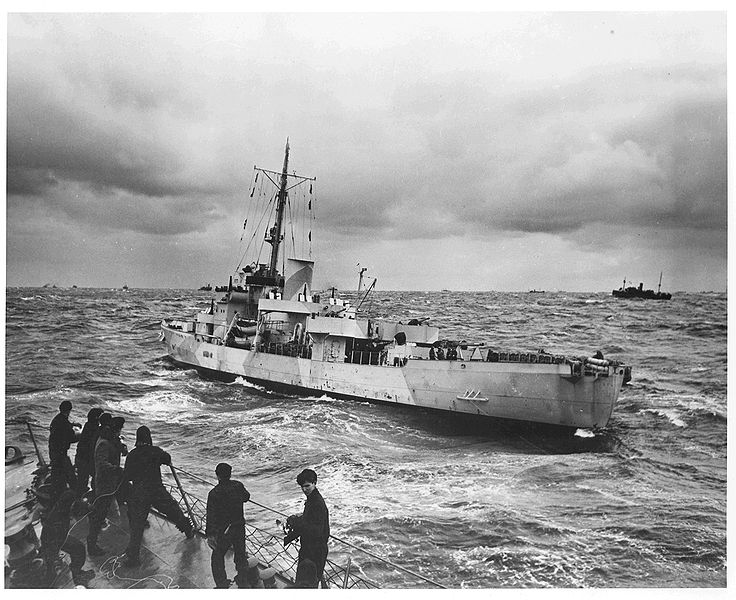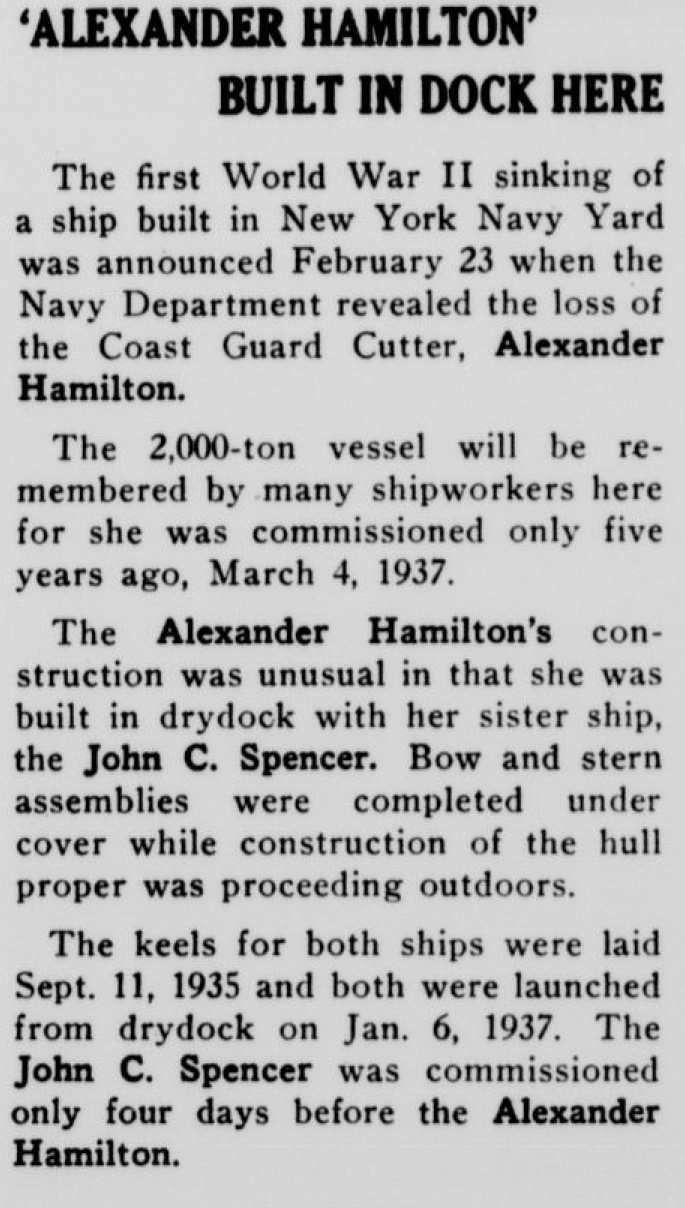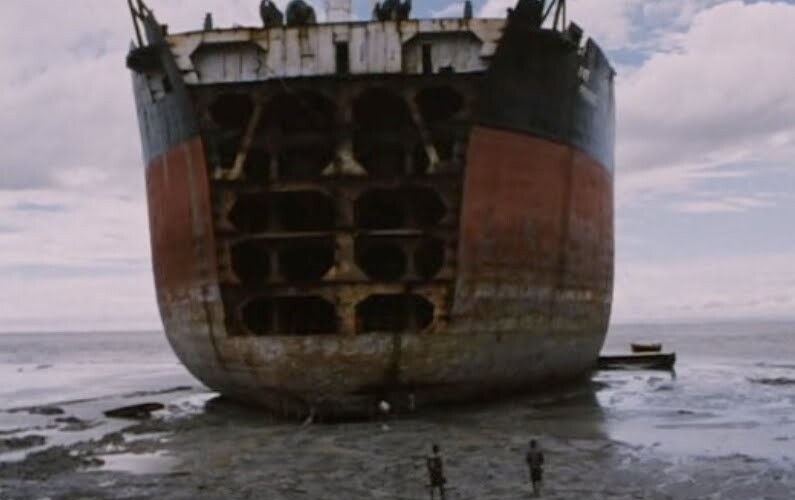If you have not yet been to the Brooklyn Museum to see their stunning exhibition WAR/PHOTOGRAPHY, make no delay – the show closes on Sunday, February 2, when its three-city tour will also come an end.
Rather than arranging the works of journalistic, artistic, and combat photography by conflict or photographer, in this show they are instead arranged into thematic clusters that draw links between war’s common denominators through the ages. Images range from the Crimean War of the 1850’s to present-day conflicts around the world. And beside the images of fighting are those of the more mundane daily life in a war zone – “Camp Life,” “Leisure Time” – as well as the human costs beyond the battlefield – “Executions,” “POWs,” “Refugees.”
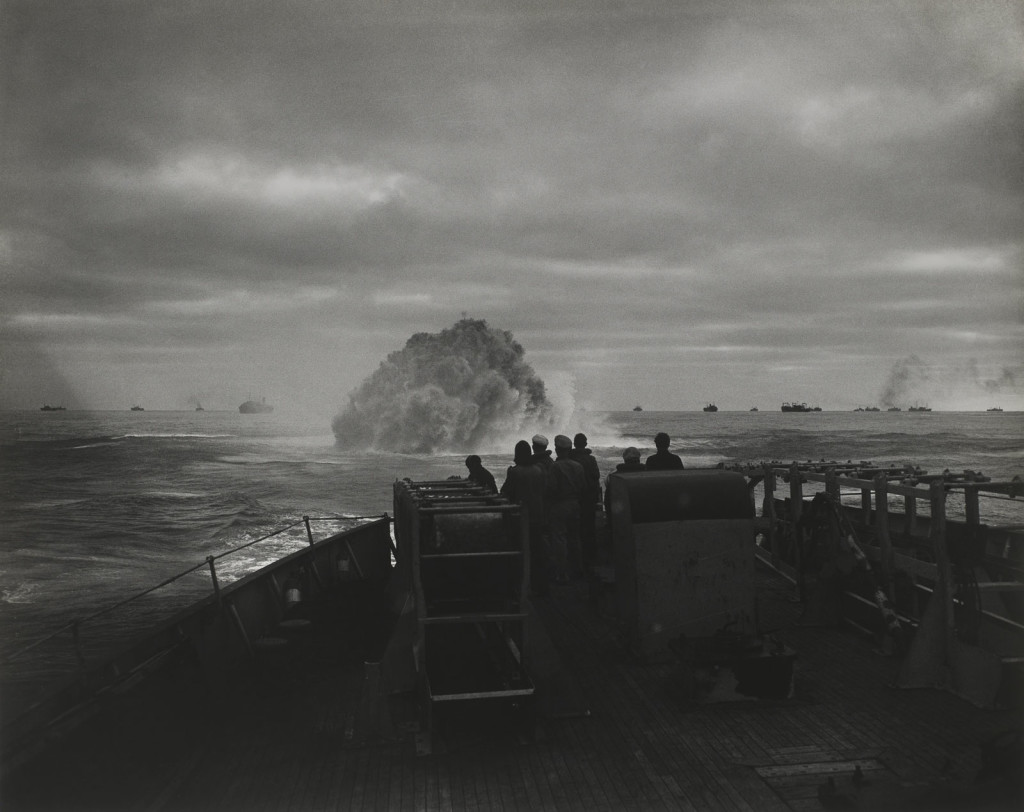
When you step inside the exhibition, one of the oft-overlooked aspects of war is worth attention, in the section “Patrol and Troop Movement.” There you will find a photo taken from the deck of a ship; leaden skies hang overhead, and a string of ships – a convoy – dot the horizon. In the middle distance of this grey seascape is a rising mound, an explosion of a depth charge, launched from the very ship the photographer was standing on. Taken on April 17, 1943, by US Coast Guard Reserve Warrant Photographer Jess W. January, the photo depicts an attack on the German submarine U-175 launched from the USCG Cutter John C. Spencer, a ship built at the Brooklyn Navy Yard.
One of the few ships ever built at the Brooklyn Navy Yard for a client other than the US Navy, the Spencer and her sister ship Alexander Hamilton where laid down almost simultaneously in 1935 and launched in 1937. While the latter was named for a Founding Father and America’s first Secretary of the Treasury (the Coast Guard was then part of the US Treasury), the former was named for Hamilton’s successor in the forgettable administration of President John Tyler – like Hamilton, John C. Spencer also hailed from New York, which is what bound the ships together.
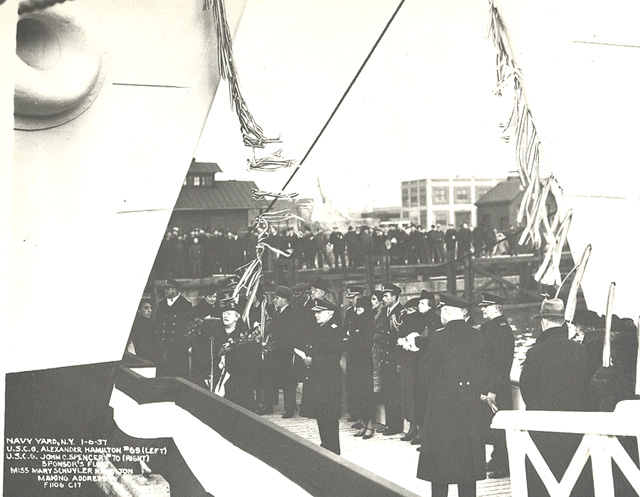
You can see the ships positioned stem-to-stem at the christening in 1937 inside the yard’s dry dock #4 – this article from the Brooklyn Daily Eagle describes the occasion (though it erroneously places them in dry dock #2, which was much too small to accommodate both ships Edit Aug 19, 2023: Upon further review of contemporaneous accounts and photos, it appears that the ships were built side by side in Dry Dock No. 2, which would fit both ships, the dry dock was flooded, and they were arranged bow to bow for the christening ceremony, pictured above). It was rare at the time for ships to be built in dry dock – most were built on the shipways – but these vessels set a precedent for dry dock construction that would be invaluable in the Second World War, when tank landing ships and aircraft carriers would be built in dry dock at the yard.
Though the sister ships would float out of the dry dock together, they would each endure very different fates in the coming war. After the attack on Pearl Harbor, the United States quickly discovered that our merchant fleet, coastal waterways, and trans-Atlantic shipping routes were highly vulnerable to attack by German submarines. In the early months of the war, enemy subs roamed the Atlantic and Gulf coasts almost unmolested, picking off merchant ships, choking off supply chains to our allies in Europe, and even slipping in and out of New York Harbor with ease.
It was in these early days of the so-called Battle of the Atlantic that the Spencer and Hamilton were called into service. Though commissioned into the Coast Guard, just a month before Pearl Harbor, the “Coasties” were absorbed into the US Navy, giving the ships new call signs and new duties. While the Spencer returned to the Brooklyn Navy Yard in January 1942 to be outfitted with heavier armament to combat the subs – a refit that would take about a month – the Hamilton was rushed into service in December 1941 without any new weapons. Her duty was to protect convoys between Newfoundland and rendezvous points in the mid-North Atlantic, when protection duties would be turned over to British escorts for the eastern leg of the journey.
On January 29, 1942, Alexander Hamilton had peeled off from her convoy to tow the damaged supply vessel Yukon to a friendly port in Iceland. Just after handing off the tow to a British counterpart, she fell into the sights of U-132, which scored a hit with a single torpedo. The attack killed 26 of her crew, but the ship managed to stay afloat, at least for a while. As other ships attempted to tow the stricken ship into port, rough seas capsized the Hamilton, and she was eventually fired upon by friendly vessels to sink her, lest she pull them down with her.
Her sister ship, though, would have her revenge on the U-boats, as the above photo indicates. Following her refit, the renamed WPG-36 would spend the next two-and-a-half years on Atlantic convoy duty. Her most notable crossing came on April 17, 1943 – while escorting the 56-ship eastbound convoy HX-233, Spencer made contact with a German submarine amidst the convoy. Within the space of 30 minutes, she would unload two salvos of depth charges (which is what is shown in the photograph) as well as one of “mousetraps,” smaller, rocket-propelled anti-submarine weapons that she carried. This deadly barrage would cripple the submarine, later revealed to be U-175, forcing the vessel to surface. As the submariners rushed to the conning tower to escape the sinking ship, Spencer, her Coast Guard counterpart Duane, as well as armed merchant vessels in the area would unload on the stricken sub, fearing the crew was heading topside to man the sub’s deck guns. When the shooting was over, 13 German sailors were dead, U-175 was at the bottom of the Atlantic some 600 miles from the coast of Britain, and Spencer had scored her first and only submarine kill of the war.
HX-233 had made the crossing almost entirely intact, with the loss of just one merchant ship, SS Fort Rampart, despite being subjected to no less than eight U-boat attacks. But ships like the Spencer would play a big role in turning the tide in favor of the Allies. More escort ships, more aircraft, better tactics, and armed merchantmen would make the Allied convoys a hard target, and turned the German U-boat “wolfpacks” into prey for destroyers and cutters like Spencer. April 1943 was a hard month for the Kriegsmarine, losing 15 vessels and more than 600 sailors, but May would be much worse – 41 U-boats would hit the bottom, taking 1,600 sailors with them, and things went downhill for the rest of the war.
The war was not over for the Spencer, however. In September 1944 she would sail through the Panama Canal en route to her duty as a Communications Command Ship, participating in many amphibious assaults in the Philippines campaign. Following the war, she was converted back into a Coast Guard cutter, and she returned to her peacetime duties patrolling American coastal waters out of her homeport on New York City’s Governors Island. She would be called back into wartime service in 1969, conducting coastal patrols off South Vietnam for nine months, before returning to New York. She was decommissioned in 1974 and served as a training vessel until she was sold and scrapped in 1981.
Though this photograph illuminates a ship’s decorated history and close ties to Brooklyn, each and every one of the photos in this exhibition contains multitudinous stories. I wish I could tell you more about the photographer Jess W. January, or the men standing on the stern, or the men below in the U-boat rattled by that explosion. With over 400 images on display, perhaps the story of a ship was not the most compelling narrative from WAR/PHOTOGRAPHY. But every image has so much to unpack – sometimes this unpacking reveals intriguing stories that lead us to larger historical narratives, but more often, they are stories of suffering, pain, and tragedy. Sometimes the story of a ship is all we can handle at once.


